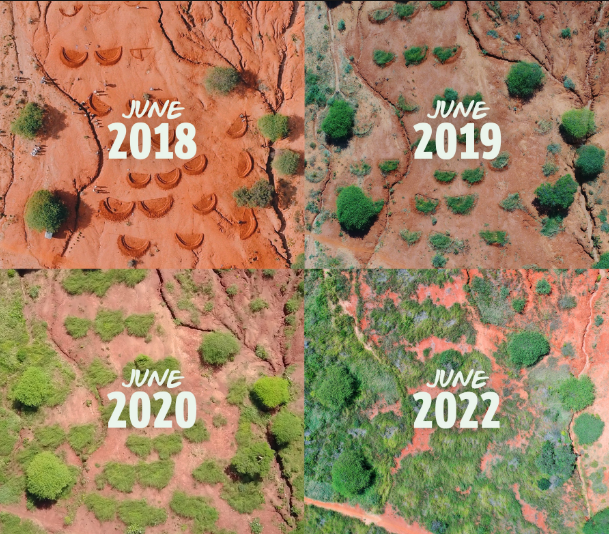Solarpunk Farming
1120 readers
7 users here now
Farm all the things!
Also see:
founded 2 years ago
MODERATORS
1
2
3
4
5
34
An interesting greenhouse design - curious how well the beeswax and textile replacement for plastic sheet holds up
(solarpunkarchitecture.org)
6
7
55
University of Minnesota's Complete Guide to Building and Operating Deep Winter Greenhouses
(extension.umn.edu)
8
9
10
11
12
13
14
15
16
17
18
19
20
22
24
25
view more: next ›









